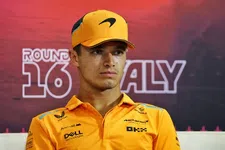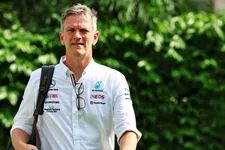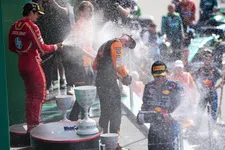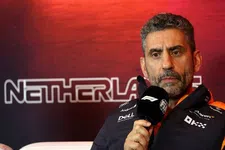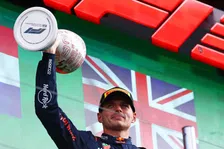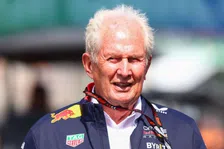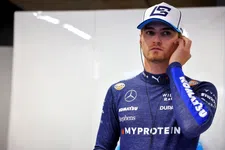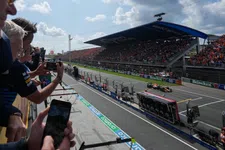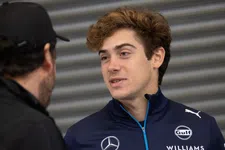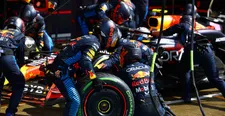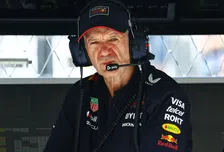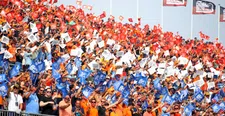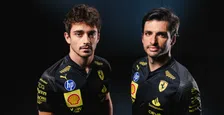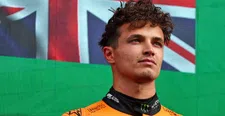Two unofficial Dutch Grands Prix were held in 1950 and 1951, and from 1952 the Dutch race counted towards the world championship. This lasted until 1985, when Formula 1 decided to give preference to other countries, although Zandvoort was also skipped in 1954, 1956, 1957 and 1972. For a long time, it looked like the Dutch GP would never return to the coastal town, until the success of Max Verstappen.
Features of the circuit
At 4.249 kilometres, Zandvoort is the second shortest track on the Formula 1 calendar: only Monaco is shorter. Despite being located in the predominantly flat Netherlands, the circuit has many elevation changes. This is because the track is built in the dunes and is close to the sea. This makes the race extra exciting, as changing winds can make things difficult for drivers.
A lap of Zandvoort's rebuilt circuit in 2020 starts as usual with the Tarzan bend. Via the Gerlach bend, the drivers arrive at the Hugenholtz bend. It is the circuit's first new banked bend, where drivers can choose several lines. This is followed by a high-speed section through the dunes until the drivers arrive at the Scheiflak, which can be taken almost at full speed. Several slow corners are then alternated with short straights, until the last corner of the circuit: the Arie Luyendyk corner. This is named after IndyCar icon Arie Luyendyk, entirely in style with a banking of no less than eighteen degrees.
Formula 1 at Zandvoort
After the circuit was built in 1948, Formula 1 races were organised almost immediately. In the first years, however, these did not yet count towards the world championship, so the event did not yet attract much attention. However, the list of names that won from 1952 onwards is quite impressive. Indeed, the 1950s saw men like Alberto Ascari, Juan Manuel Fangio, Stirling Moss and Jack Brabham on the top podium.
Champions like Jim Clark, Jackie Stewart and Niki Lauda then followed in their footsteps. Lauda and Stewart each won three Dutch GPs, but Clark is the absolute record holder with four wins. Verstappen, meanwhile, stands at two wins.
